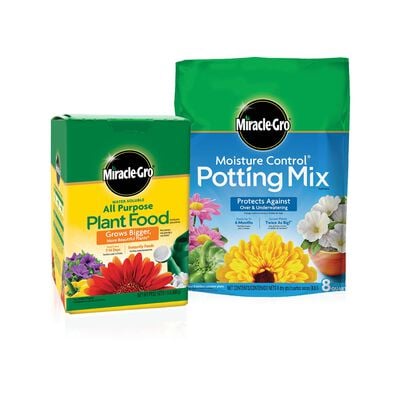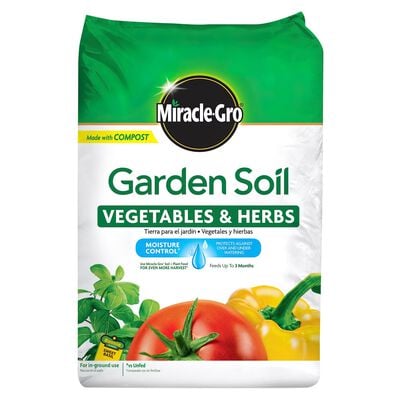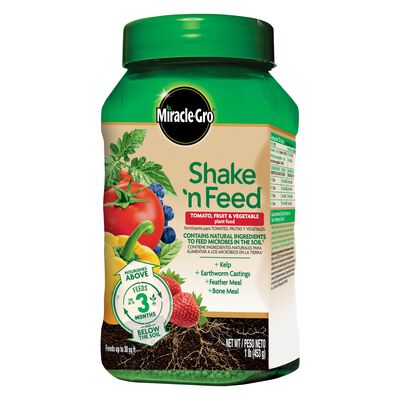
Growing Melons
What to do in your Southwestern melon patch before the heat picks up
Growing Melons
- Grow melons faster by starting with young plants from Bonnie Plants®.
- Plant melons when ground temperatures are above 70 degrees F.
- Before planting, add nutrients to native soil by mixing in a 3-inch layer of Miracle-Gro® Performance Organics® All Purpose In-Ground Soil.
- One month after planting, begin feeding regularly with Miracle-Gro® Performance Organic® Edibles Plant Nutrition Granules. Pollinate melons by hand to ensure successful fruit production.
- Test for ripeness before harvesting.
Cool, delicious, and nutrient-packed melon slices accent salads, serve as side dishes and lighten picnics. Growing melons is also a fun and simple way to learn how to self-pollinate plants. Read on to learn how to pollinate, care for, and harvest your melon patch.
Become a Honeybee: Pollinate Melons
First, to get a jumpstart on growth, skip the seeds and plant young melon plants from Bonnie Plants®. After all, when you start with plants, you'll get to harvest time that much faster. By mid-summer, melons should be spreading their vines through the garden and flowering. The first bloom will be dominated by male flowers. You can identify female flowers by the tiny bulge of fruit growing at its base. Female flowers only open for a short period - in some melons, only a day. Check your melons every morning. When you see a female flower open, pluck a male flower, strip its petals and swab the pollen-coated anther onto the stigma structure inside the female flowers. Because melon flowers are most receptive to pollination early in the day, be sure to pollinate in the morning.
Feeding and Caring for Melons
Melons of all types are heavy feeders, and for the best results, you'll want to provide your plants with a combination of nutrient-rich soil and premium quality plant food.

First, improve your soil with organic material such as compost, well-seasoned manure, fish emulsion, or aged compost-enriched Miracle-Gro® Performance Organics® All Purpose In-Ground Soil. Then, feed your melon plants regularly through the growing season with a continuous-release plant food like Miracle-Gro® Performance Organic® Edibles Plant Nutrition Granules, which feeds the soil as well as your plants. Water whenever the top inch of soil is dry, and mulch heavily through the warm months to help conserve moisture in the soil.
Harvesting Melons
Knowing when to pick melons can be tricky. Various tests reveal when different types are ripe. Muskmelons, known commonly as cantaloupe, are the most common variety of netted melons.

Test for ripeness by pressing gently on the blossom end. Ripe melons have some give, unripe ones none at all. The fruit should smell like melon and slip from the stem with gentle pressure. Honeydews will soften slightly on the blossom end when ripe, along with a slight change in fruit color. Watermelons are ripe when the skin is dull not shiny, the small spot that touches the ground is yellow instead of white, and the tendrils on the stem are withered. If you strike the plant with the flat of your hand, it should give a deep, satisfying thump - the sound of good growing.


